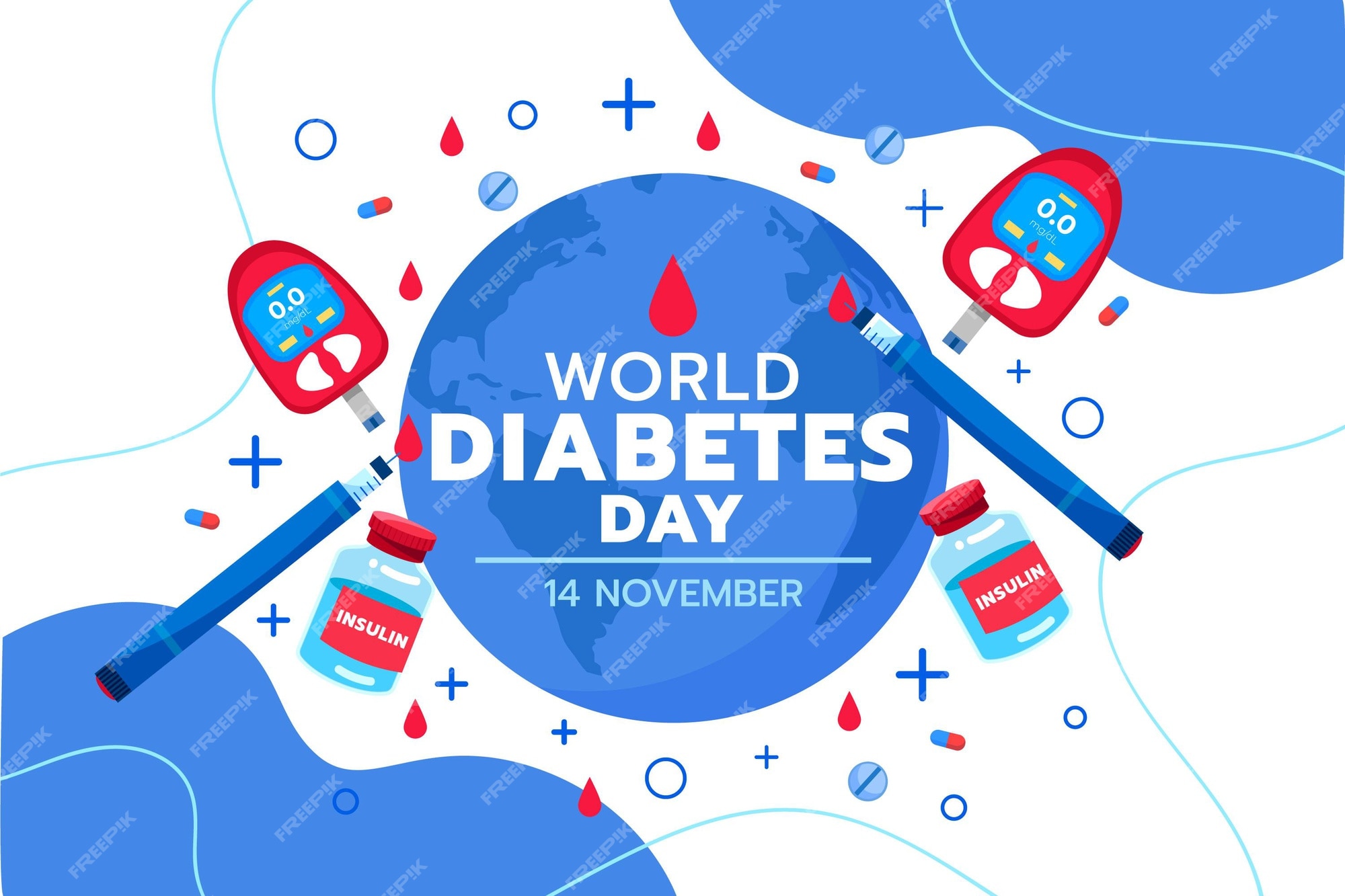 The Nepal Weekly
The Nepal Weekly  November 15, 2022
November 15, 2022
Lack of awareness about diabetics and its consequences in health is leading to diabetics-related mortality and morbidity in Nepal, according to Health Ministry officials.
During a press brief, organized by the Epidemiology and Disease Control (EDCD) on the occasion of World Diabetics Day, Monday, Dr. Rajesh Sambhajirao Pandav, country representative to Nepal, World Health Organization (WHO), said that 89 per cent of the pre-diabetic and diabetic patients in Nepal are not aware that they have diabetics, as a result, develop health complications and severities in a later stage. Currently, only 21 per cent of diabetic patients are taking medicines in Nepal.
According to the EDCD, 15 per cent of diabetic patients die from brain stroke, 60 per cent from cardiovascular diseases, 10 per cent lost their lives to kidney failure, 10 per cent die from other infections, while the rest 5 per cent die from other health problems and severities.
Dr. Deepak Malla, consultant Endocrinologist in the Bir Hospital, expressed the view that diabetics has multiple effects on other organs of the body and majority of times leads to organ failure, however, many Nepali people are still not aware of the disease and its symptoms. Consequently, many people have to deal with health extremities invited by diabetics.
According to Dr. Malla, diabetics affect the eyes, kidneys, brain, legs and even the heart, therefore frequent urination, vision loss, rashes and pain in the legs, and heart arrhythmia are commonly observed symptoms in diabetic patients.
Maintaining a healthy and active lifestyle, checking blood sugar, weight, blood pressure, eye, legs, urine, and lipid profile and taking medicines recommended by the doctors should be adopted to maintain and prevent diabetics. He, however, advised that diabetic patients must forbid heavy exercise and gaps in food intake.
In Nepal, 9.9 per cent of diabetic patients have diabetic retinopathy, 11.2 per cent have diabetic nephropathy, 45.5 per cent have diabetic neuropathy, 38.2 per cent has diabetic foot and 12.4 per cent have diabetic cardiomyopathy. This shows that the progression of diabetics affects overall health and well-being, therefore, early diagnosis and treatment must be emphasized.
Stress along with a sedimentary lifestyle is the major cause of diabetics in Nepal along with obesity, and heredity; people having a sedimentary lifestyle and working in a stressful environment are at risk of developing diabetics. Feeling thirsty, getting frequently and heavily hungry, excessive urination and starvation, weight loss, fatigue, skin rashes, disinterest in sexual appetite, and vision loss are the symptoms that can be observed in diabetic patients.
He said that maintaining a healthy and active lifestyle requires checking blood sugar, weight, blood pressure, eye, legs, urine, and lipid profile and taking medicines recommended by doctors to maintain and prevent diabetics. He, however, advised that diabetic patients must forbid heavy exercise and gaps in food intake and should use influenza and pneumonia vaccines as they are prone to these diseases.
According to Dr. Phanindara Baral, chief of the non-Communicable Disease and Mental Health Section at EDCD, diabetics has been incorporated in the pain package developed by the EDCD. The government has been giving two medicines to diabetics free of cost and working to make its treatment facilities accessible to all Nepalis. Two of the diabetic medicine has been enlisted in the 98 medicines provided free by the government. Physical inactivity, Imbalanced food and diet, and consumption of cigarettes and alcohol are the major causes of non-communicable diseases in Nepal. World Diabetics Day is celebrated each year on November 14 to raise awareness about the impact of diabetics on the health of people.

